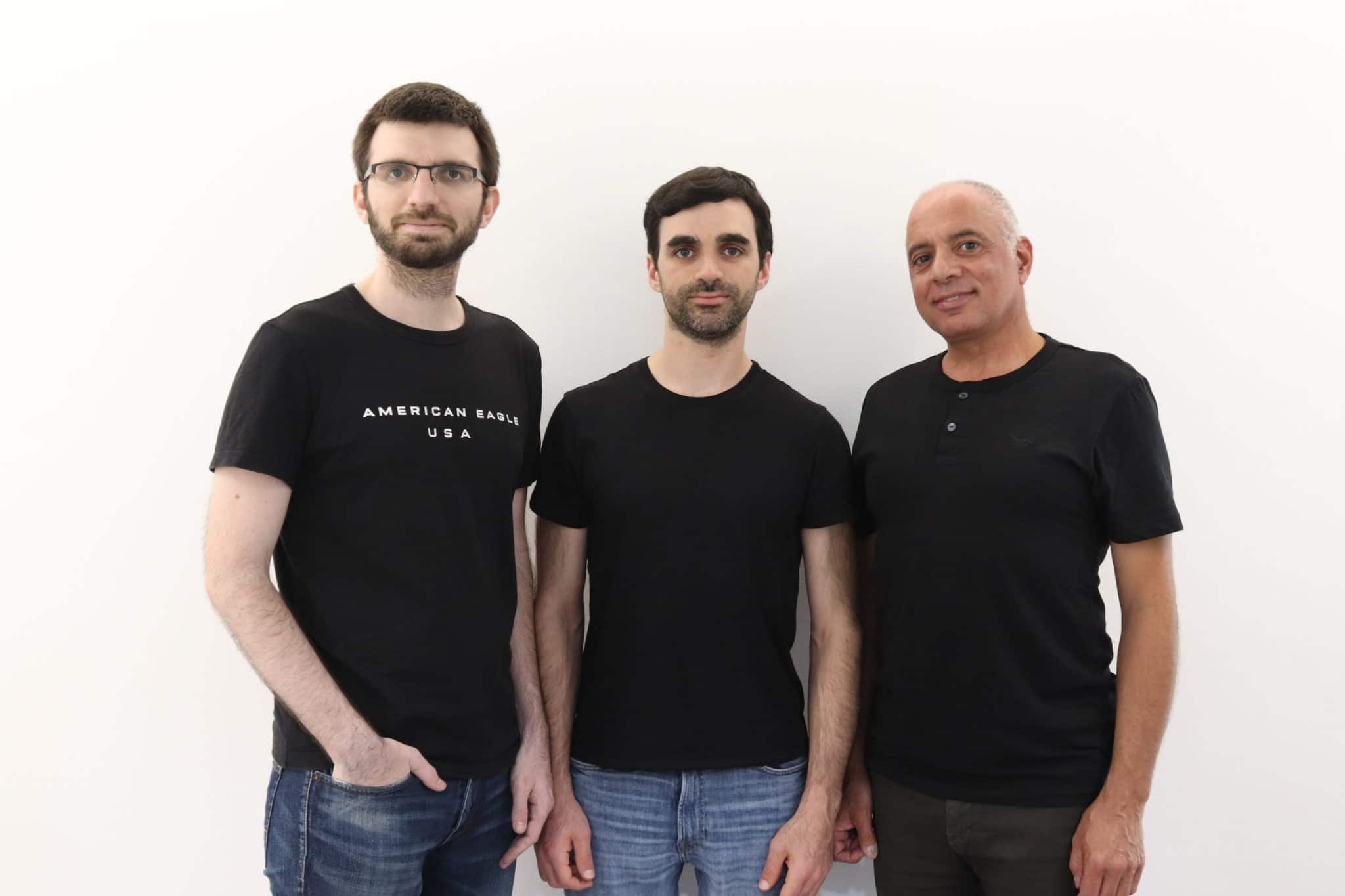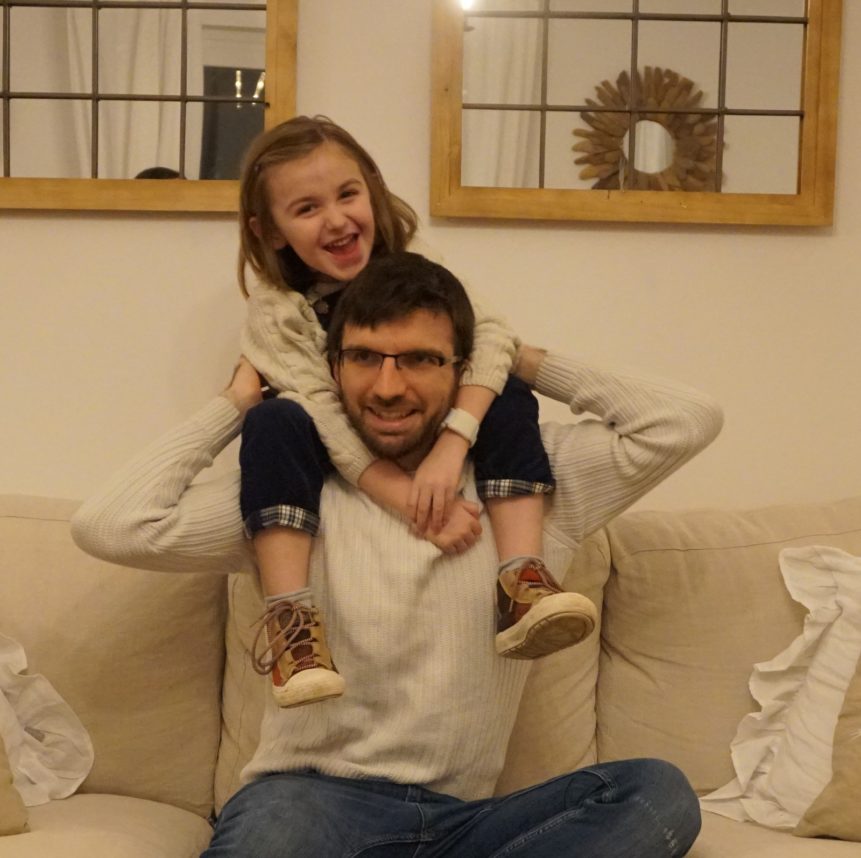 Evgeni Machavariani (Left) with Shauli Gur Arieh and Ami Meoded, the team behind LittleOne.Care
Evgeni Machavariani (Left) with Shauli Gur Arieh and Ami Meoded, the team behind LittleOne.Care When Evgeni Machavariani’s son was born six years ago, his wife, Mary, was attuned to the baby’s needs from the get-go. “I was surprised and shocked that my wife understood each cry and knew exactly how to help him. It came to her intuitively,” he said. “I, too, wanted that superpower.”
So, Machavariani, an electrical engineer and physicist, researched if it was possible to distinguish between a baby’s different cries. Once he started down the rabbit hole, Machavariani realized the potential of what he had unearthed was limitless.
He recruited Shauli Gur Arieh, with whom he served for nearly a decade in the Israel Defense Forces’ military intelligence technology unit, and founded LittleOne.Care. Today, they are the CTO and CEO, respectively, of the company, which produces a wearable device for babies that provides real-time alerts that track a baby’s motions and sounds. The device (currently in beta testing with 50 babies) also gathers data for long-term artificial intelligence insights. Machavariani said his experience with motion sensors and navigational algorithms in the military were crucial to creating the technology for LittleOne.Care, but added, “If I wasn’t a father, I never would have thought of this.”
The real-time functions comprise lifesaving alerts as well as alerting the caregiver what the baby needs based on his or her cry. In the case of the former, the device maps out breathing, temperature and heartbeat patterns so it can predict serious issues ahead of time, unlike existing baby monitors that only emit warnings once an event has already occurred. When it comes to interpreting cries, an LED light on the device will turn blue, yellow, white or red corresponding to exhaustion, a dirty diaper, hunger or pain.

The tiny device, which is worn on the baby’s stomach 24/7, also can warn if a baby is being mistreated, whether he or she has spent too much time watching television, received enough tummy time, enough sleep, enough food and more. However, it’s not all doom and gloom. Parents and caregivers are applauded when things go right, for example if the baby laughs a lot or cries less than usual.
LittleOne.Care also has cloud functions that can delve deeper into a baby’s development. It can discern a baby’s first mutterings as well as unpack his or her motor skills and instruct parents what needs to be worked on. Machavariani said studies show that girls speak earlier than boys because mothers tend to speak more to daughters. LittleOne.Care incorporates this data into its algorithms and acts accordingly. In the case of Machavariani and his wife, it was important for them to know they weren’t missing any aspects of the development of their son, who began reading at only 18 months and started learning basic arithmetic not long after that, “but we weren’t balanced in what we were teaching.”
Their son, who is mostly homeschooled, was 4 when he was entrusted to a stranger’s care for the first time. Things may have been different if LittleOne.Care had been around then, Machavariani said.
LittleOne.Care, he explained, “is designed to empower families to enjoy the fascinating experience of raising a baby.”























 More news and opinions than at a Shabbat dinner, right in your inbox.
More news and opinions than at a Shabbat dinner, right in your inbox.